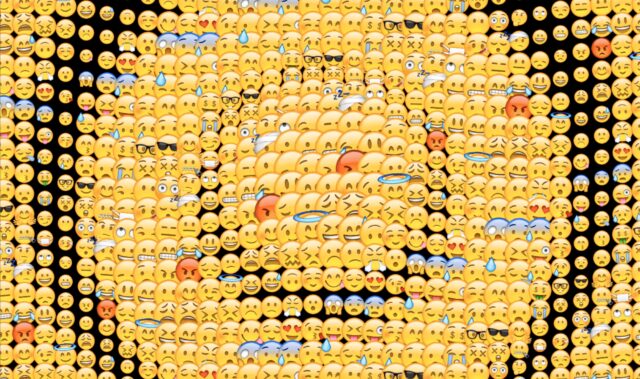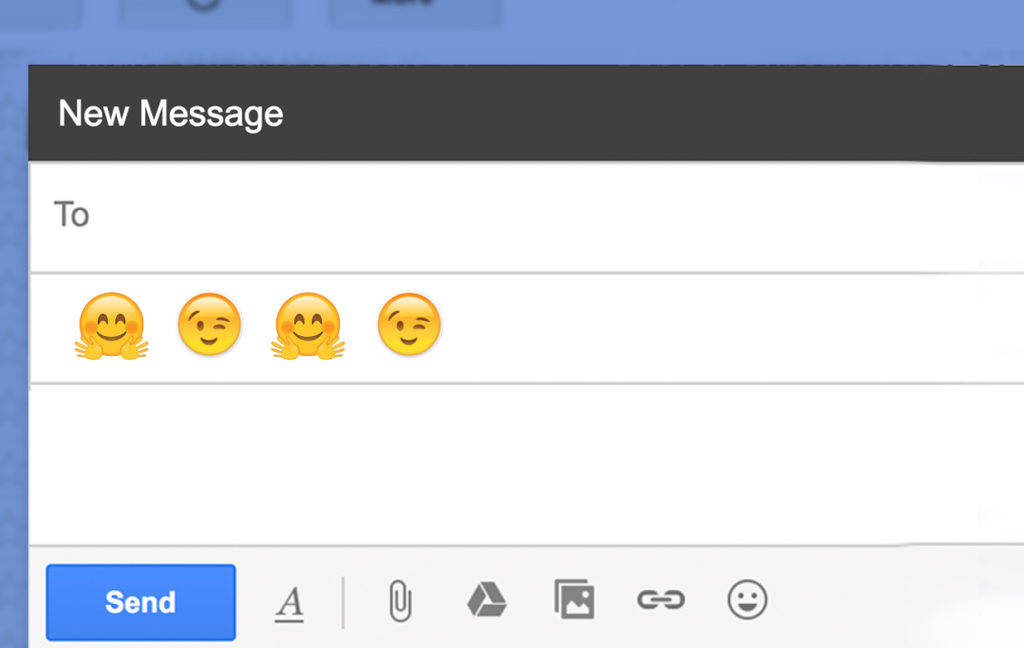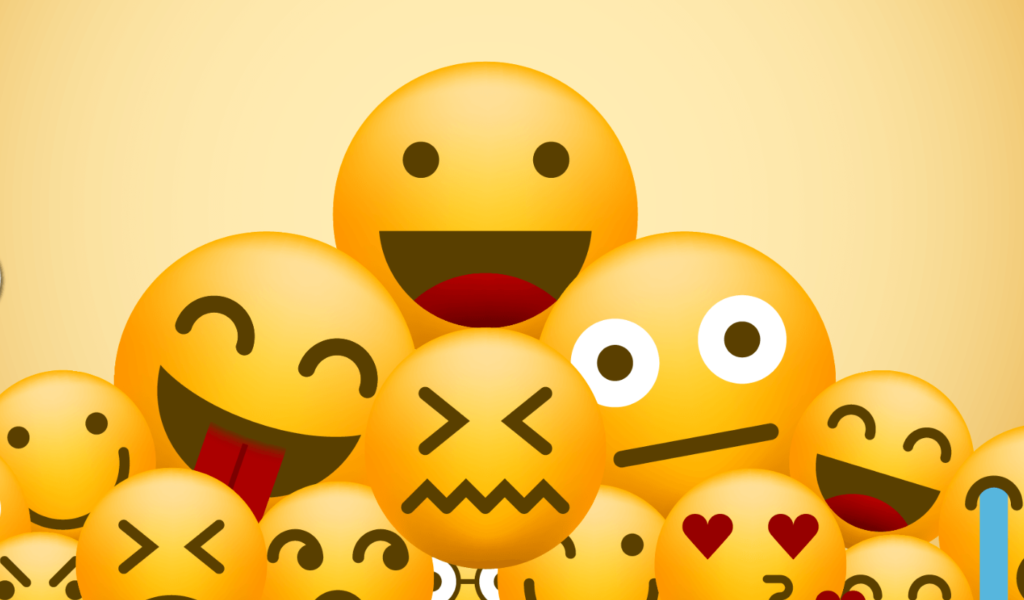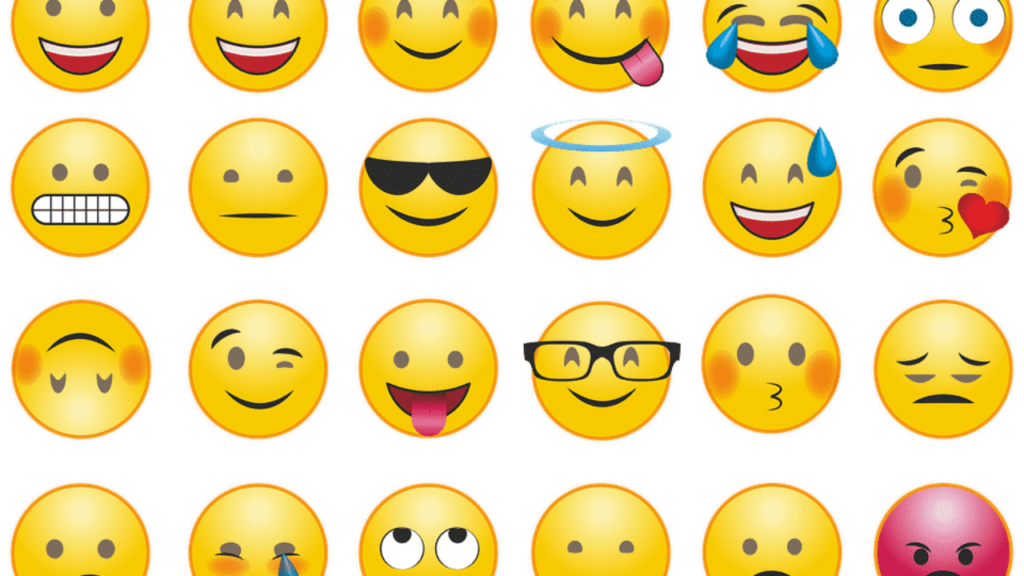
If you’re not used to receiving a happy text with a smiley face from a cartoon, observing others using ideograms might feel like listening to two people talking in a different language. Strange as it may be, one thing can’t be denied, and that is, emojis are fun to look at. When you put a smiley at the end of a “dull email,” it gives the email a blip of color and a touch of personality.
Emojis improve the engagement and conversion rates of social media posts. That being said, in this post, we’ll cover why individuals should use emojis and how they can be used for business.
Why Emojis?
So, you’re familiar with emojis and how to use them, but has it ever crossed your mind, why do you even bother? Isn’t it more comfortable to type in what you want to say? To add to that, do you ever think- “aren’t emojis just for teenagers?” Well, we’re here to answer all of that. Let’s begin!
Emojis Express What Words Can’t

Have you ever experienced wanting to express a shrug without having to say it? Now, imagine the same feeling articulated with an exclamation point or a person shrugging emoji.
While emojis can’t technically replace words in relaying a message, they can give them that little extra oomph needed to excite, convince, or intrigue others. They augment the message’s meaning.
Emojis Significantly Boost Post Engagements
It may be a new mantra for you, but it is real. They have proven to increase levels of interaction, click-through, and site-open rates. They help drive digital media engagement: email, web, and social media.
Ideograms tweets saw 25% more interaction on Twitter, tweets with ideograms resulted in 56% more views, 34% more reviews, and 33% more shares. In a recent study, an improvement in email opens when subject lines featured ideograms were seen by more than 50 percent of brands.
Push notifications with ideograms saw open rates rise by 85 percent and conversion bumps by 9 percent. They help drive engagement on different forms of digital media: email, mobile, social media, and advertising.
They Give Personality to Your Brand

Brands are more than just the products or services they sell or their logos. They are people-like, with personality and unique character — helping customers to interact with and be loyal to them.
The use of ideograms in marketing and communication builds individuality and credibility for your brand. They help humanize the persona of your company, whether you are fun and youthful or adventurous and witty.
Defining and maximizing that personality in your marketing efforts can also help to increase awareness about your brand. Well-known brands are fun brands.
Using Emojis in Your Online Business

We have found that ideograms are useful tools to keep in your toolbelt for marketing. They raise interaction, humanize your brand, and expand beyond words you contact. But how can such visual messages be employed? Let’s think about tactics in business and social media marketing.
Use of Emojis in Social Media
Tossing an ideogram or two into an Instagram post or Tweet is easy to do, and it gives excellent results like push interaction, click-throughs, and conversions. And the first step towards that goal is to teach and encourage the audience to use them, too.
Including ideograms in your social media posts is simple enough, but asking your followers to use them too will help boost your interaction with the general public. Ideograms are easy to use on behalf of your audience and require little to no effort. You can learn more about emojiguide.com.
Using Emojis in Emails

Given its one-to-many contact ratio, email marketing will continue to be tailored to its user. Meaning, ideograms should be used conservatively, and only when you know that your customers can receive and respond positively to them.
Try not to use them for first-time or single-time customers, for example, like “Hello!” Or “Something you left in your cart!” Emails, “he said. Such buyers may not be familiar with your brand and may be turned off by using a random ideogram.
Save it for intimate, established interactions in terms of one-on-one email communications. If you don’t know the recipient personally, don’t include an ideogram. Don’t use them to replace feelings or actual or correct messages. Here, professionalism still triumphs over personality.
Use of Emojis in Advertising

Advertising is just as open-minded as social media, but it is more formal and much more expensive. Because of that, companies were slower in using them in their promotional campaigns.
Please make them relevant and not push them. If your advertisement or brand doesn’t suit an ideogram, don’t use it. Do your customers use them? Would you use them in other interactions, for example, on social media or your blog? If they’re a natural fit for your company, they’ll be easier to immerse into your ads.
Ideograms are sometimes the opposite of their intended purpose. That’s OK, make sure you know what the ideogram you’re using means.
Use your imagination. If your ideograms suit your brand, your audience will use it, and can’t be misinterpreted, have fun with it. You can also even consider making your emoji.
Tips To Use Emojis Effectively in Business and Social Media Marketing

1. Understand The Meaning Of Emojis
One common pitfall of using ideograms is that those adorable little icons sometimes may mean something else. When you already have an idea of what each ideogram means, this is where you can use your creativity.
2. Be Consistent with Your Message
If you are going to be innovative when you use ideograms, keep your brand message clear. If you’re a sales agent and you start posting ideograms with their tongues all of a sudden, you’ll create an awkward atmosphere, and you’ll drive away your customers.
3. Connect Emojis With Your Brand
When you opt to design an ideogram for your company, make sure that most devices are compatible with it, inspire your consumers to spread your ideogram through sharing and posting, and connect that to a significant cause or something people care about.
Takeaway

Ideograms bring something to online customers and audiences that words or text find a hard time to relay, like emotional signals and a casual playfulness. If properly used, they could be an effective marketing strategy. Ideograms are here to stay, whether you like it or not.












